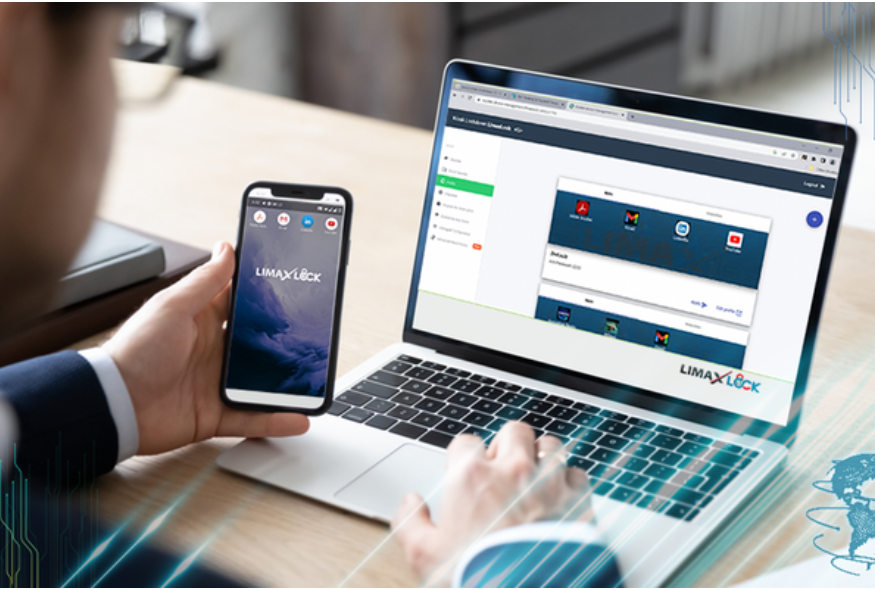In today’s fast-paced digital landscape, businesses of all sizes increasingly rely on mobile technology to stay connected, productive, and competitive. Mobile devices, including smartphones and tablets, have become indispensable tools in the workplace, enabling employees to work from virtually anywhere. However, with this surge in mobile device usage comes the challenge of managing and securing these devices effectively. This is where mobile device management (MDM) tools come into play, offering a comprehensive solution for businesses to oversee their mobile assets efficiently.
What are Mobile Device Management Tools?
Mobile device management tools are software solutions designed to help businesses manage, monitor, and secure mobile devices used by their employees. These tools provide a centralized platform where IT administrators can control and protect sensitive company data, ensure compliance with corporate policies, and support users across various locations. By leveraging MDM tools, organizations can mitigate risks associated with mobile devices and maximize their productivity.
Key Features of Mobile Device Management Tools
Device Enrollment and Inventory Management
One of the primary features of MDM tools is device enrollment, which simplifies the process of adding new devices to the company's network. This can be done through various methods such as manual entry, QR codes, or email invitations. Once enrolled, the MDM platform provides a comprehensive inventory of all devices, allowing administrators to track device details, usage patterns, and compliance status. This visibility is crucial for ensuring that all devices adhere to corporate policies and are up-to-date with the latest security patches.
Security and Compliance
Security is a major concern for businesses, especially when dealing with sensitive data on mobile devices. MDM tools offer a range of security features such as remote lock and wipe, which allow administrators to lock or erase data from a lost or stolen device, protecting company information from unauthorized access. Additionally, MDM tools enforce compliance with corporate security policies by monitoring device configurations and ensuring that only authorized apps and data are accessible on the device. This helps prevent data breaches and reduces the risk of regulatory non-compliance.
Application Management
Managing applications on mobile devices is another critical aspect of MDM tools. These tools provide the ability to distribute, update, and manage apps remotely, ensuring that employees have access to the latest versions and necessary tools to perform their jobs effectively. IT administrators can push updates and patches to all enrolled devices simultaneously, saving time and reducing the likelihood of security vulnerabilities. Furthermore, MDM tools can restrict access to non-approved apps, minimizing distractions and potential security risks associated with unverified software.
Content Management
Mobile device management tools also offer robust content management features, enabling businesses to control the distribution and access of corporate content on mobile devices. Administrators can securely distribute documents, files, and other resources, ensuring that employees have the information they need at their fingertips. This feature also includes secure email management, allowing employees to access and send emails safely, even on personal devices. By providing secure access to corporate content, MDM tools help maintain data integrity and confidentiality.
Benefits of Using Mobile Device Management Tools
Implementing MDM tools offers several benefits for businesses. Firstly, it enhances security by providing control over mobile devices and the data they contain. This is particularly important for companies dealing with sensitive information or operating in regulated industries. Secondly, MDM tools improve productivity by ensuring that devices are equipped with the necessary apps and resources, and by allowing employees to work remotely without compromising security. Lastly, MDM tools simplify IT management by providing a centralized platform for device monitoring, policy enforcement, and troubleshooting, reducing the administrative burden on IT staff.
Choosing the Right Mobile Device Management Tool
When selecting an MDM tool, businesses should consider their specific needs and the features offered by different solutions. Key factors to consider include the level of security provided, ease of use, scalability, and compatibility with various device types and operating systems. By choosing the right MDM tool, businesses can ensure that their mobile devices are effectively managed and secure, ultimately leading to increased productivity and reduced operational risks.
Conclusion
Mobile device management tools are essential for any business that relies on mobile technology. They provide a comprehensive solution for managing and securing mobile devices, enabling businesses to operate efficiently and securely in today’s digital world. By investing in a reliable MDM solution, companies can safeguard their data, enhance employee productivity, and streamline their IT operations.
For more information on how to implement and benefit from mobile device management tools, visit LimaxLock's blog to explore expert insights and detailed guides on the subject.





Comments